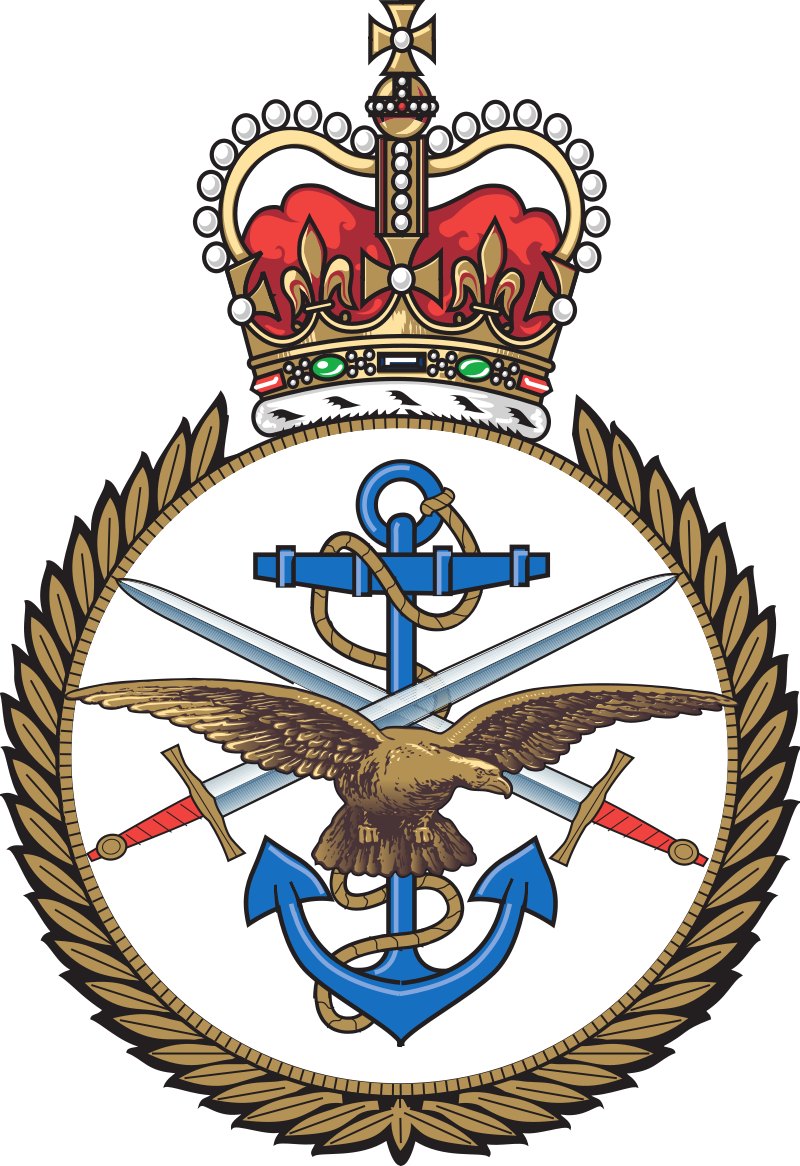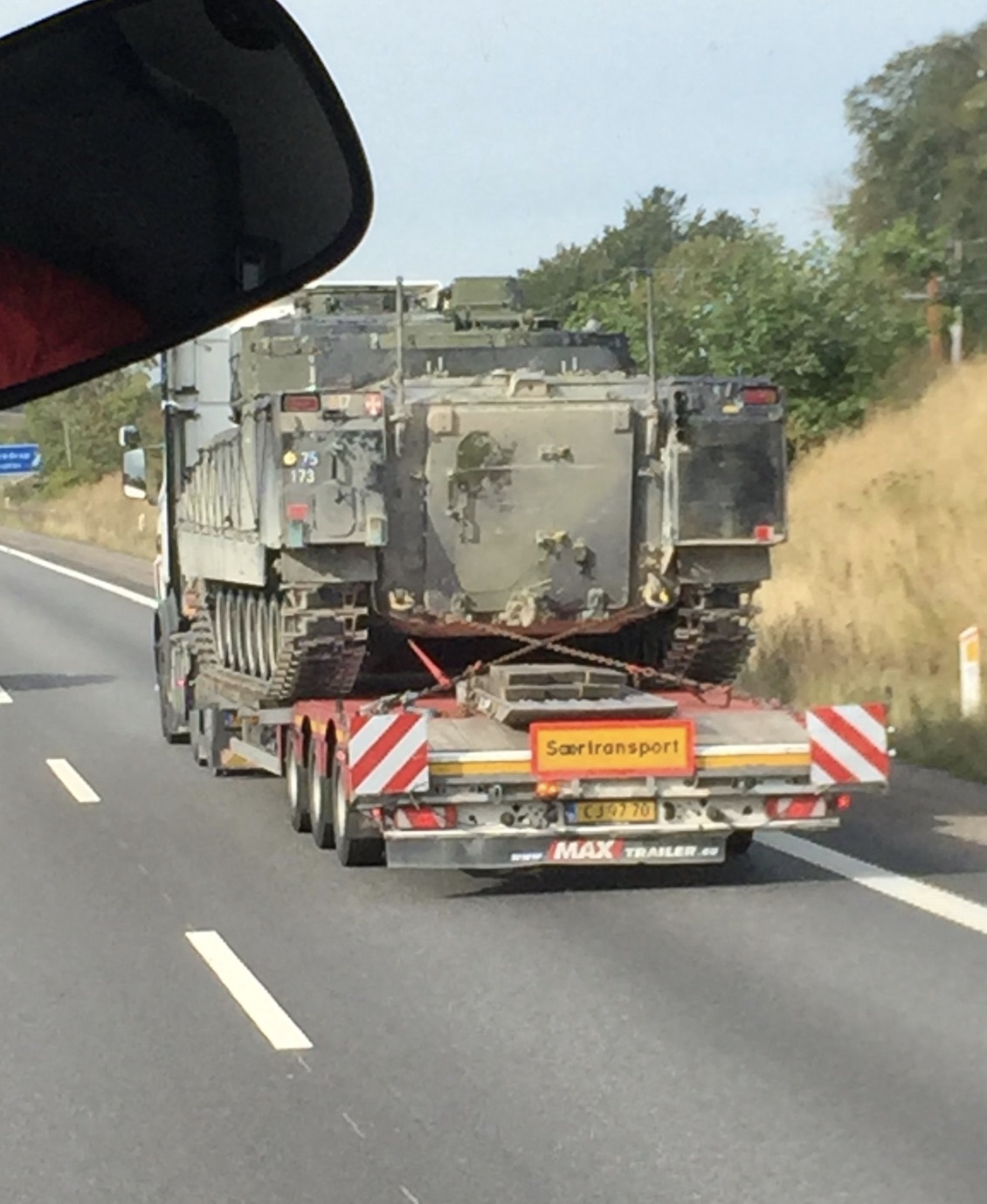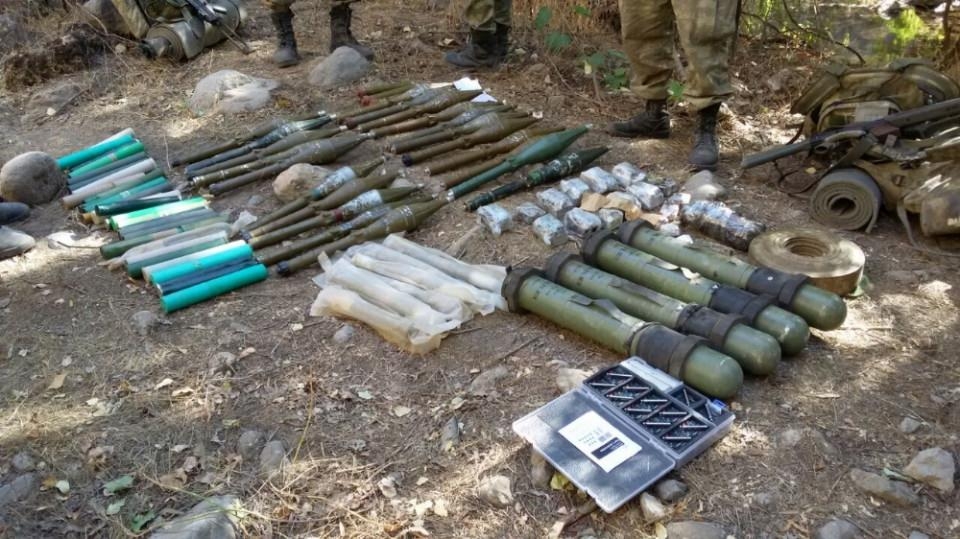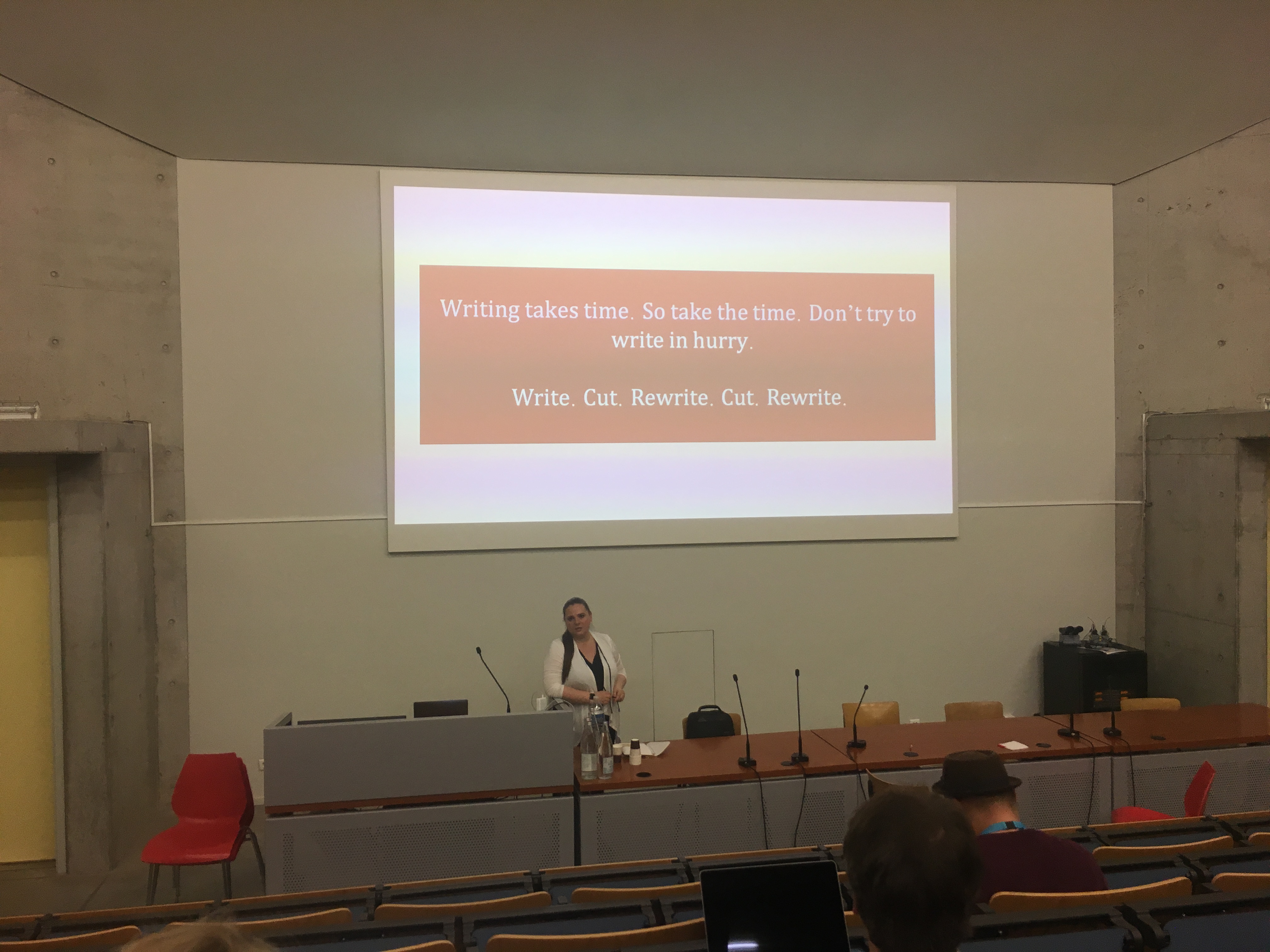
By @Doxsor
NOIR has taken part in an Al Jazeera investigation for the documentary The Search for Assad Executioners (البحث عن جلادي الأسد), directed by Mahmoud Alken, which was aired on the 10 of May 2020. (The documentary is in Arabic, but has a lot of visualisation of methods. Also, see a 2 min sample of the documentary in English here). Al Jazeera is working on an English version of the documentary.
The documentary shows how Syrian state doctors and state-sponsored militias soldiers (Shabihas) have been torturing and killing Syrian civilians. And its show the investigation methods to track down some of these state-sponsored soldiers and doctors now posing as refugees in Europe.
In the investigation, NOIR and the other open-source investigators have worked together with a team of visual investigators to find the Syrian Shabihas (Syrian government militia soldiers), doctors and workers from the ‘601 hospital’ in Damascus, that fled to Europe posing as refugees. Furthermore, we have worked with a juridical team, which help to verify our findings together with the team from Al Jazeera. The research was led by Al Jazeera journalist @mmalken. The involved freelance open-source researchers were @PatrickHilsman, @MonicaCCamacho, @JettGoldsmith and @curieBosphorus.
Starting point: Two sets of lists
The investigation began looking at two sets of lists, namely a list of workers from the ‘601 hospital’ from Zaman Al Wasl Leaks and a list that came from a blog called unfetteredfreedom.wordpress.org, which suggested some of the Shabihas that had fled to Europe.
1. The Zaman Al Wasl Leaks shared a list of names of the workers from the hospital named ‘Hospital 601’ in Damascus on March 21 2019. This hospital was known to be a site of torture and killings, which have been documented by the photographer, known by the name Caesar, who smuggled out a large archive of documentation of the atrocities that had taken place at 601. Read more about the photographies in a report from Human Rights Watch.
2. Furthermore, unfetteredfreedom.wordpress.com published a list of state-supported militias (Shabiha) that were posing as refugees in Europe. This list has now been removed from the internet but was archived by our team. The list showed images of the individuals who were accused of entering Europe as refugees. These images showed on one side their war crimes, such as stepping on corpses and at the same time images taken from their new residents in Europe. Syrian Observatory for Human Rights has stated that some of the Shabihas are mercenaries.
Example of geolocating an image
The following section will provide one of the techniques that were used during this investigation:
- We focused on the image of the Shabiha soldier presented above, which claims that he had travelled to Europe. We managed to geolocate the image on the right by first finding the less cropped version of the image, then looking at the details in the image (restaurant, red, location of tree, tiles on the ground), then finding the restaurant name and finally that led us to the location in Turkey.
- Afterwards, we were able to investigate an estimate of the time of the image by looking at the restaurant’s social media pages and comparing interior changes such as refurbishment and the instalment of an awning, that is visible in the image (Installed in between the April 23 and May 15 2015).
- Thus, this resulted in finding the exact position of the soldier and the time he had been in Turkey (between April/May 2015 until end January 2016.) The final date was set due to other images of him in Syria.
The investigations happened primarily by SoMe investigations and google searching. We used multiple different online social media, such as Facebook, Instagram and Twitter, to track down the Syrian state-sponsored personal in Europe. We used online maps to geolocate images to specific locations in Europe or Syria.
The Spiegel has also published an article about the documentary. The New York Times has also published an article of what happened after the documentary, where one of the doctors got arrested in Germany.










